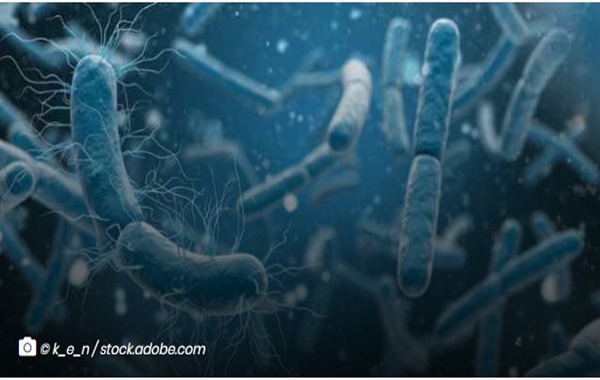Researchers from the Wistar Institute have discovered that a new class of compounds can be effective against many types of bacteria, with the combined effect of killing pathogenic bacteria that have developed drug resistance and simultaneously creating a rapid immune response. Nature’It was noted in the article published by The World Health Organization (WHO) that athymicrobial resistance, that is, the resistance of microbes against antibacterial chemicals, is among the top 10 factors that threaten global health.
One way to combat this, of course, was to improve the ability of antibiotics to break this ability of bacteria, or to discover a group of chemicals that could do this.
According to technical and primitive inferences, it is noted that by 2050, approximately 10 million lives a year are likely to be extinct due to infections caused by microbes that have developed antibiotic resistance. As it is known, every year thousands of new antibiotic drug candidates are eliminated during clinical studies because the active substance or molecule is not considered effective. Those whose efficacy is determined can become inactive in a short time due to the resistance of microbes.
Sometimes, we even see that effective antibiotics prescribed by doctors are collected from pharmacies. This is more a display of the evolutionary abilities of bacteria than a scientific failure.
Every year, the number and type of microbes that develop full or partial resistance to antibiotics and that we are ineffective against are increasing. This actually reveals our need for a new generation antibiotic group. Researchers have used an original way to discover new generations of molecules and achieve a double effect.
The new generation of antimicrobials called dual-acting immuno-antibiotics (DAIAs), unlike existing ones, do not only aim to damage the essential vital functions of bacteria (such as nucleic acids and protein synthesis and disease-causing mechanisms) or the cell membrane It was noted that their strength was enhanced by a secondary effect that they did not aim to damage processes such as formation or metabolic pathways.
Because by mutating nucleic acid sequences attacked by antibiotics to damage all these mechanisms, microbes that can cause that antibiotic to become ineffective develop resistance. For this reason, the researchers decided to make it much more difficult for the bacteria to develop resistance by developing molecules that could also activate the immune system of the infected individual at a rate that would damage the adaptation abilities of the bacteria.
For this, he tried to develop an antibiotic that is not in humans, but is effective on a pathway for bacteria. Targeting the pathway responsible for the synthesis of isoprenoids (isoprenoids), known as methyl-D-erythritol phosphate (MEP) or non-mevalonate, researchers have attempted to undermine the enzymes that govern the vital processes of many pathogenic bacteria in this way.
By inactivating the enzyme responsible for isoprenoid biosynthesis, the researchers who identified millions of molecules with the potential to kill microbes into a computer program and tried to identify those capable of binding to this enzyme, applied this as a first step. Since molecules that can inhibit this previous enzyme, IspH, cannot overcome the bacterial cell walls, the researchers examined the power of these molecules to stimulate the immune system and thus to kill bacteria.
The research team comparing known antibiotic groups with IspH inhibitors, especially on bacteria that have developed antibiotic resistance in the laboratory environment, carried out their experiments on a wide range of bacterial species. It was observed that all antibiotic candidates tested were not toxic to humans.
He identified the secondary line of attack for the DAIAs mentioned above as immune system activation. We can say that IspH inhibitors, which can rapidly stimulate the human immune system against pathogens, have strengthened their place in the literature as the next generation antibiotic candidates of the near future with their double effects in our fight against bacteria that develop resistance to antimicrobial drugs.
Source: https://bilimfili.com/
Dikkat: Sitemiz herkese açık bir platform olduğundan, çox fazla kişi paylaşım yapmaktadır. Sitenizden izinsiz paylaşım yapılması durumunda iletişim bölümünden bildirmeniz yeterlidir.
Source: https://www./yeni-nesil-antibiyotikler-daha-fazla-bakteriye-karsi-etkili/



